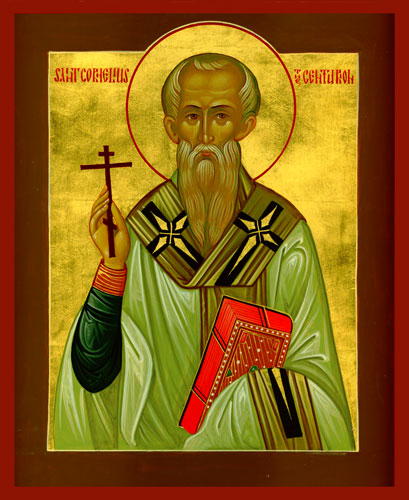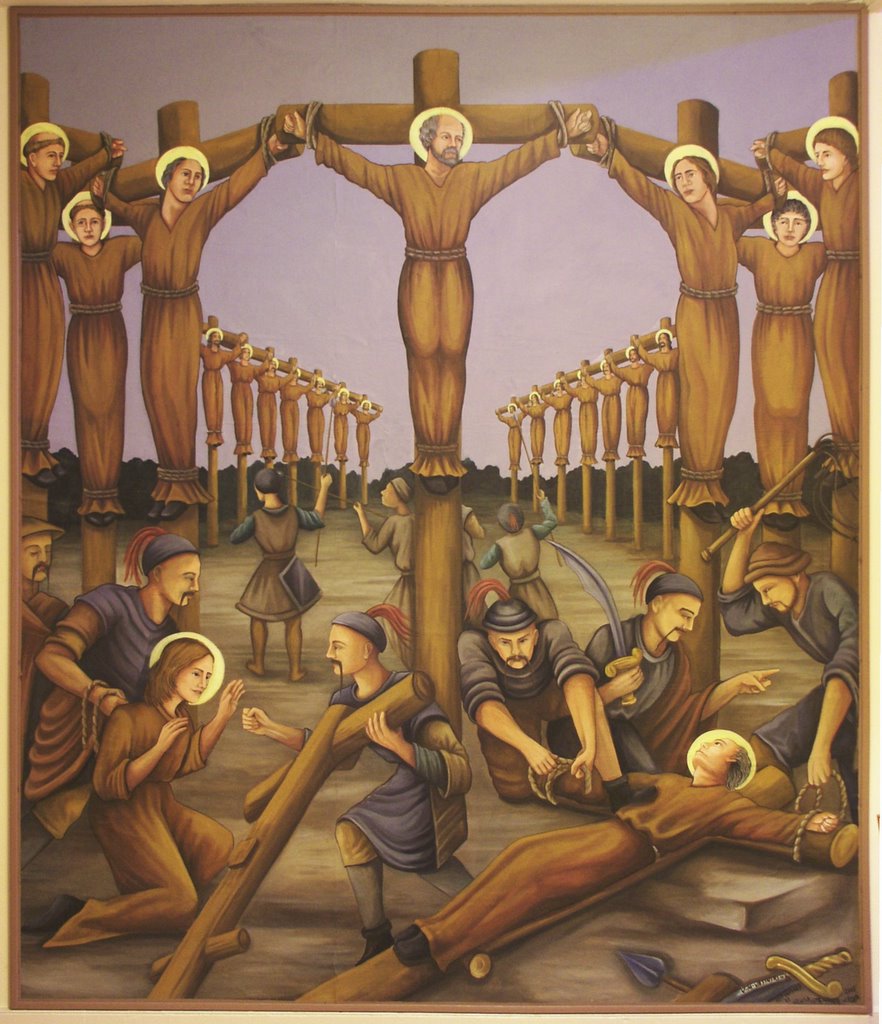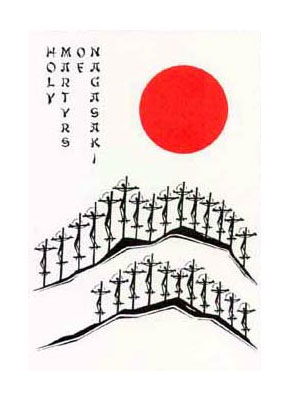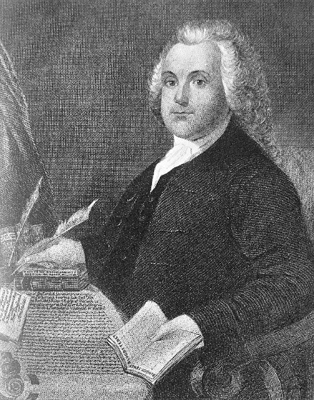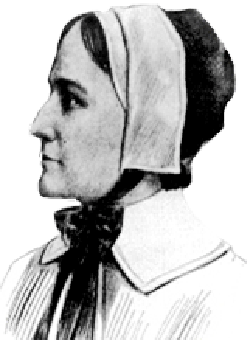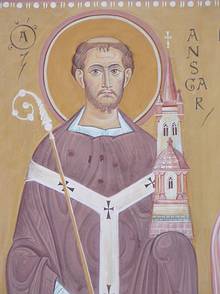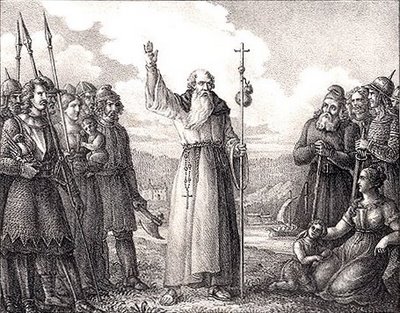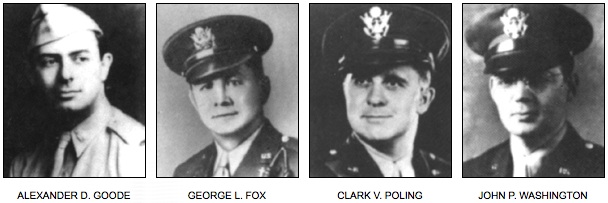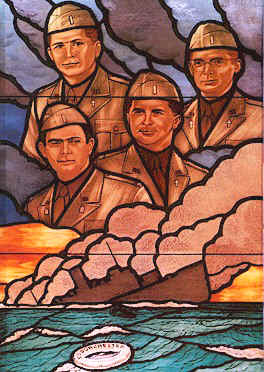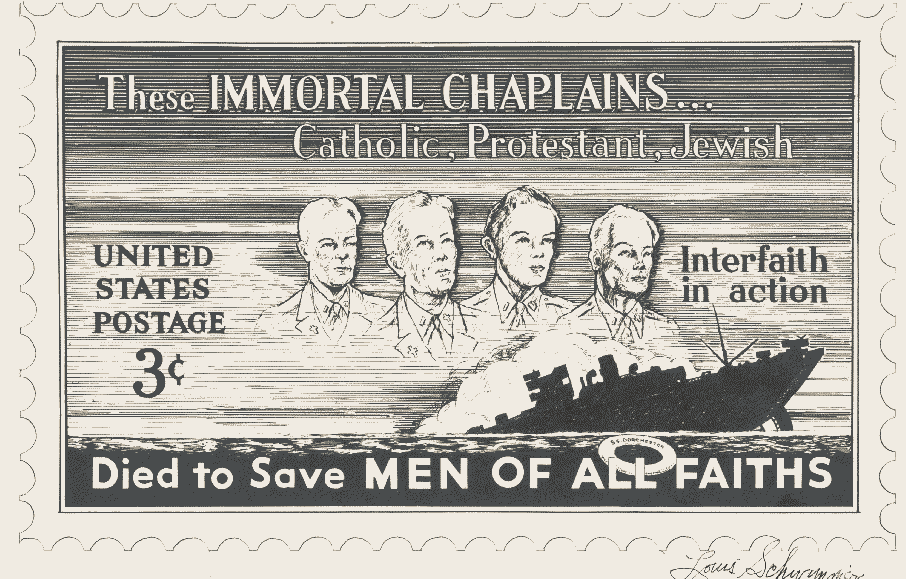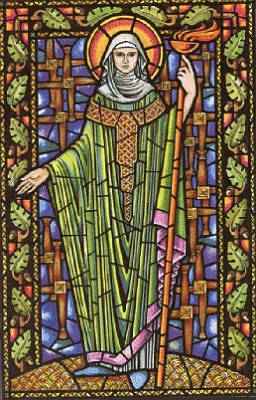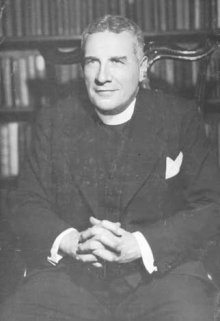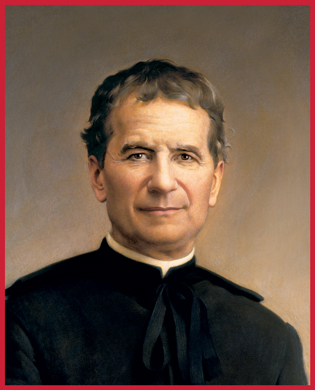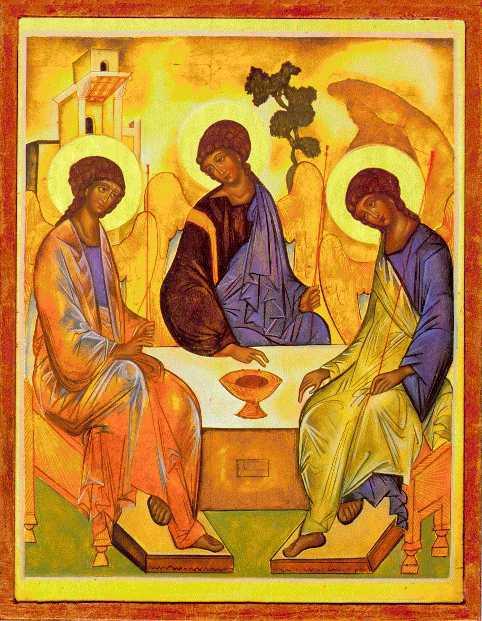Welcome to the Holy Women, Holy Men blog! We invite you to read about this commemoration, use the collect and lessons in prayer, whether individually or in corporate worship, then tell us what you think. For more information about this project, click here.
• • •
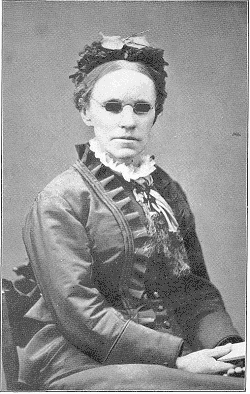
About this commemoration
Fanny Crosby was the most prolific writer of hymn texts and gospel songs in the American evangelical tradition of the late nineteenth and early twentieth centuries. She wrote more than eight thousand sacred texts in addition to other poetry.
Frances Jane Crosby was born in Putnam County, New York, on March 24, 1820. Although not born blind, she lost her sight as an infant as a result of complications from a childhood illness. At the age of fifteen, she entered the New York Institute for the Blind where she would later teach for a number of years. In 1858, she married Alexander van Alstyne, a musician in New York who was also blind. Crosby was a lifelong Methodist.
Crosby’s texts were so popular that nearly every well-known composer of gospel music of the period came to her for words to accompany their melodies. In most hymn writing, the words come first and then a composer sets them to music, but for Crosby the words came so quickly and naturally that composers would often take her their tunes and she would immediately begin to shape words that fit the music.
Perhaps the best example of this process led to the creation of Crosby’s most well known hymn Blessed Assurance. On a visit to the home of a friend, the composer Phoebe Knapp, a newly composed tune was played for Crosby. After listening to the tune several times, the text began to take shape, and in a very short time one of the world’s most popular gospel hymns was born.
The American gospel song is a unique genre of sacred music that combines words expressive of the personal faith and witness with tunes that are simple and easily learned. Fanny Crosby’s contribution to this genre is unequaled. Dozens of her hymns continue to find a place in the hymnals of Protestant evangelicalism around the world.
Fanny Crosby died on February 12, 1915, in Bridgeport, Connecticut, where she is buried.
Collects
I O God, the blessed assurance of all who trust in thee: We give thee thanks for thy servant Fanny Crosby, who, though blind from infancy, beheld thy glory with great clarity of vision and spent her life giving voice to thy people’s heartfelt praise; and we pray that we, inspired by her words and example, may rejoice to sing of thy love, praising our Savior all the day long; who liveth and reigneth with thee and the Holy Spirit, one God in perfect harmony, now and for ever. Amen.
II O God, the blessed assurance of all who trust in you: We give you thanks for your servant Fanny Crosby, who, though blind from infancy, beheld your glory with great clarity of vision and spent her life giving voice to your people’s heartfelt praise; and we pray that we, inspired by her words and example, may rejoice to sing of your love, praising our Savior all the day long; who lives and reigns with you and the Holy Spirit, one God in perfect harmony, now and for ever. Amen.
Lessons
Isaiah 42:10–12,16
1 Peter 1:3–9
John 9:35–39
Psalm 108: 1-6
Preface of a Saint (3)
Text from Holy Women, Holy Men: Celebrating the Saints © 2010 by The Church Pension Fund. Used by permission.
Additional link: Fanny Crosby’s best-known hymn “Blessed Assurance”: http://www.hymntime.com/tch/htm/b/l/e/blesseda.htm
• • •
We invite your reflections about this commemoration and its suitability for the official calendar and worship of The Episcopal Church. How did this person’s life witness to the Gospel? How does this person inspire us in Christian life today?
If you’d like to participate in the official online trial use survey, click here. For more information about the survey, click here.
To post a comment, your first and last name and email address are required. Your name will be published; your email address will not. The first time you post, a moderator will need to approve your submission; after that, your comments will appear instantly.
